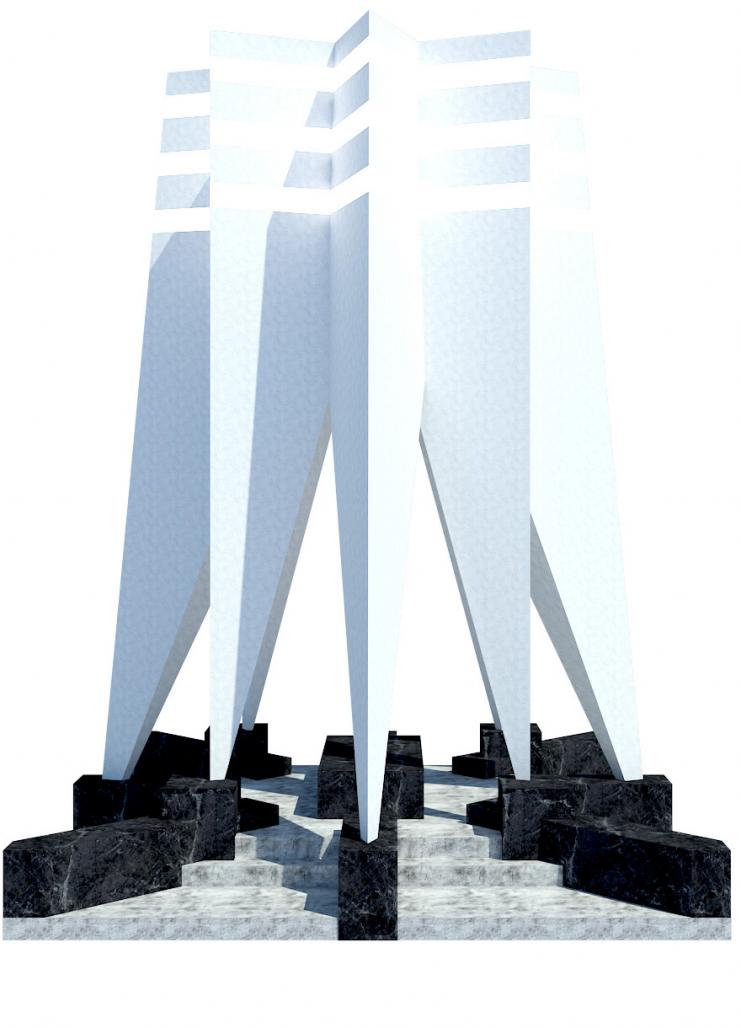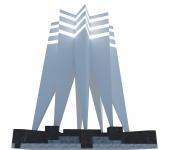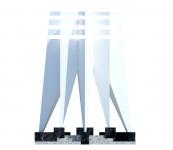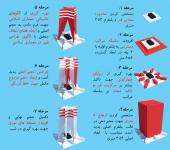The holy city of Najaf is a shrine for Muslims from all over the world due to the
presence of the Holy Shrine of Imam Ali Bin Abi Talib, the cousin of the Prophet Mohammed
(PBUTh), and the Wadi Al-Salam, the Valley of Peace, cemetery, which includes shrines to
many Prophets, righteous people, scholars and righteous martyrs. The Holy Shrine of Imam Ali
(PBUH) is the most prominent monument, being the factor around which the urban fabric of the
city was formed and established. The form of the cemetery has thus developed with the urban
fabric of the city, and it includes many religious monuments that attract thousands of visitors and
pilgrims from both within and outside of Iraq. Due to this cumulative growth of the cemetery
and the irregularity of its axes of movement, the movement of visitors inside the cemetery has
produced several design, planning, and security challenges as it has begun to affect the urban
fabric of the city and the cemetery itself. Movement and visual interconnections between vital
monuments of the religious figures have thus been restricted by the fabric of the Wadi al-Salam
Cemetery at both micro and macro levels, generating the current research problem. Accordingly,
this research aims to set to explore the possibility of restructuring the movement system of the
Wadi Al-Salam Cemetery based on its monuments. The research assumes that the texture of the
cemetery can resemble the fabric of the city in terms of adopting the presence of religious
monuments to structure spaces. Consequently, the importance of monuments in terms of defining
systems of pedestrian and vehicle movement within the fabric of the city was studied to
determine the list of indicators classifying the possibilities provided by such monuments
according to their historical and religious significance. With regard of the cemetery, several
monuments of historical, religious, and contextual significance were then chosen as key points
in the restructuring of the local movement systems. The overall research conclusion is that it is
important to reconnect these monuments by developing an organic network of movement in
order to preserve the graveyards and the historical fabric of the cemetery.
Keywords: urban cemeteries, religious monuments, Wadi Al-Salam cemetery, the movement's
system, the holy city of Najaf
Cemeteries have existed for thousands of years in cities and urban areas, though the holy city of Najaf
is distinguished by having the largest cemetery in the world, which was originally located outside the
boundaries of urbanisation yet visually linked with the Holy Shrine of Imam Ali (PBUH). Burials are
carried out there of people from all across Iraq, as it is used as a public cemetery for the Shiite community
both in Iraq and outside Iraq. Due to population growth and urban expansion, it has become intertwined
with the urban fabric of the city, and today, the Wadi al-Salam cemetery is considered to be within the
body of the city. However, it lacks permeability and clarity with regard to space organisation, with a lack of flexible movement systems to allow people to reach the graves, and a lack of spaces for visitors,
which means that the cemetery has begun to negatively affect the city due to the shrines and monuments
to saints, righteous people, scholars, and martyrs that are distributed across the cemetery's fabric, and
which act as points of attraction for visitors throughout the year. The research problem for the current
work is thus the disconnection between the movement and visual axes connecting these vital monuments
in the fabric of the Wadi al-Salam cemetery at both micro and macro levels. The aim is to explore
whether by considering these religious monuments, the movement system in the cemetery can be
restructured without affecting the historical fabric, allowing these monuments to become more
physically and visually interconnected, allowing them to better symbolize collective historic memory
and to support the social fabric of the city. To achieve this, this research assumes that the texture of the
cemetery is similar to the fabric of the city in terms of the adoption of religious monuments to structure
spaces.
2021
Competition proposal
Boushehr city
monument
Amin Shahamipour





